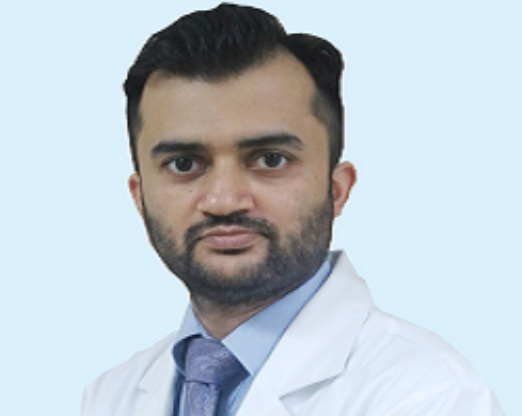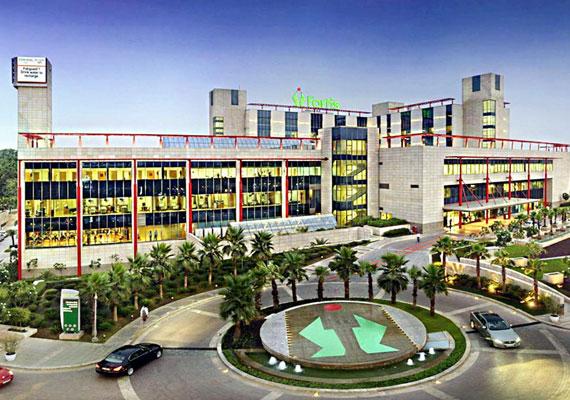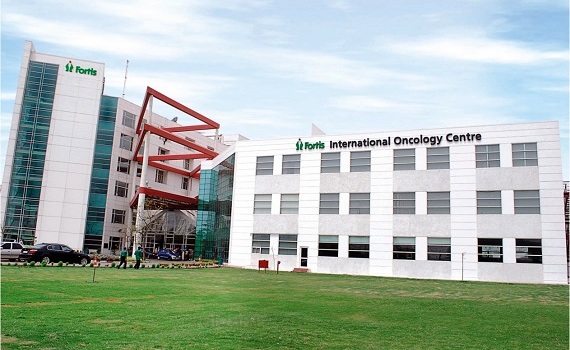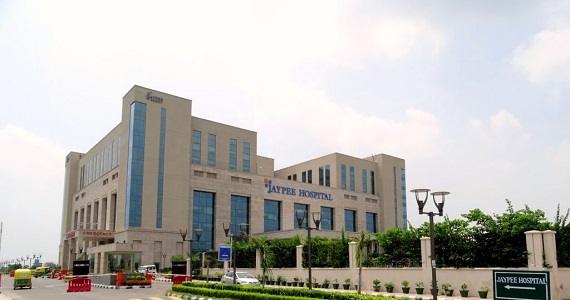Corrective Osteotomy and Fixation and Bone Graft Treatment in India
treatment
starting from
Introduction
Corrective osteotomy and fixation with bone graft are surgical procedures used to treat various bone deformities and fractures. These procedures play a crucial role in restoring bone alignment, function, and stability in patients suffering from conditions like malunions, non-unions, and congenital abnormalities. In this detailed and informative blog, we will delve into the essential aspects of corrective osteotomy, bone grafting, and the fixation methods involved. By the end of this article, you will have a comprehensive understanding of these procedures and their significance in orthopedic surgery.
1. Understanding Corrective Osteotomy
Corrective osteotomy is a surgical technique designed to correct bone deformities by carefully cutting and realigning the bone. This procedure is usually performed under general anesthesia, and the surgeon precisely makes the necessary incisions to access the affected bone. The surgeon then cuts the bone at the predetermined location, allowing for precise adjustments to correct the deformity.
Factors leading to bone deformities may include improper healing of fractures, abnormal bone growth, or congenital abnormalities. Corrective osteotomy aims to restore the normal alignment and biomechanics of the affected bone, thereby improving joint function and reducing pain.
2. The Role of Fixation in Osteotomy
Fixation is a critical step in corrective osteotomy, as it ensures the newly realigned bone remains stable during the healing process. Various fixation methods are employed, such as:
a). Internal Fixation: Involves the use of plates, screws, rods, and intramedullary nails to stabilize the realigned bone. These devices are typically made of stainless steel or titanium, providing excellent support until the bone heals.
b). External Fixation: This method uses external devices, such as pins and rods, to hold the bones in the correct position. External fixation is often used in complex cases or when internal fixation is not suitable.
c). Hybrid Fixation: In some cases, a combination of internal and external fixation may be employed to provide optimal stability during the healing process.
3. Bone Grafting: Enhancing the Healing Process
Bone grafting is a procedure where healthy bone tissue is transplanted to aid in the healing of fractures or defects. It is often combined with corrective osteotomy to promote bone union and improve the overall outcome of the surgery. Bone grafts can be obtained from the patient's own body (autograft), a donor (allograft), or synthetic materials (alloplastic grafts).
The bone graft acts as a scaffold for new bone growth, providing essential cells, proteins, and minerals necessary for bone healing. Over time, the graft integrates with the surrounding bone, increasing bone density and strength.
4. Types of Bone Grafts
a). Autograft: This type of graft is considered the gold standard due to its high success rate and compatibility with the patient's body. The graft is usually harvested from the patient's hip, ribs, or other bones, and it contains living cells that aid in the healing process.
b). Allograft: Allografts are obtained from cadaver donors and are thoroughly processed and sterilized to remove any potential risk of disease transmission. They serve as an effective alternative when a patient's own bone is not suitable or available for harvesting.
c). Alloplastic grafts: These grafts consist of synthetic materials like calcium phosphate ceramics or bioactive glasses. While they lack living cells, they provide structural support and gradually encourage the body to replace the synthetic material with new bone tissue.
5. Postoperative Recovery and Rehabilitation
After corrective osteotomy and bone grafting, the patient's postoperative care and rehabilitation play a vital role in achieving successful outcomes. The initial recovery period involves immobilization of the affected limb using a cast, splint, or brace to protect the realigned bone and promote healing.
Physical therapy and rehabilitation exercises are gradually introduced to improve range of motion, strength, and functionality. The rehabilitation process varies depending on the extent of the surgery and the patient's overall health. Compliance with the rehabilitation plan is crucial for a successful recovery.
Conclusion
Corrective osteotomy with bone grafting is a valuable surgical approach in orthopedic medicine, offering hope and improved quality of life for patients with bone deformities and fractures. The precise realignment of bones, combined with appropriate fixation and bone grafting, helps restore normal function and stability. Remember that each patient's case is unique, and it is essential to consult an experienced orthopedic surgeon to determine the most suitable treatment plan. Through a successful surgery and dedicated rehabilitation, patients can look forward to a healthier and more active future. Remember, always prioritize your health and consult a qualified healthcare professional for personalized advice and treatment.
How It Works
Need help in organizing medical travel to India?












